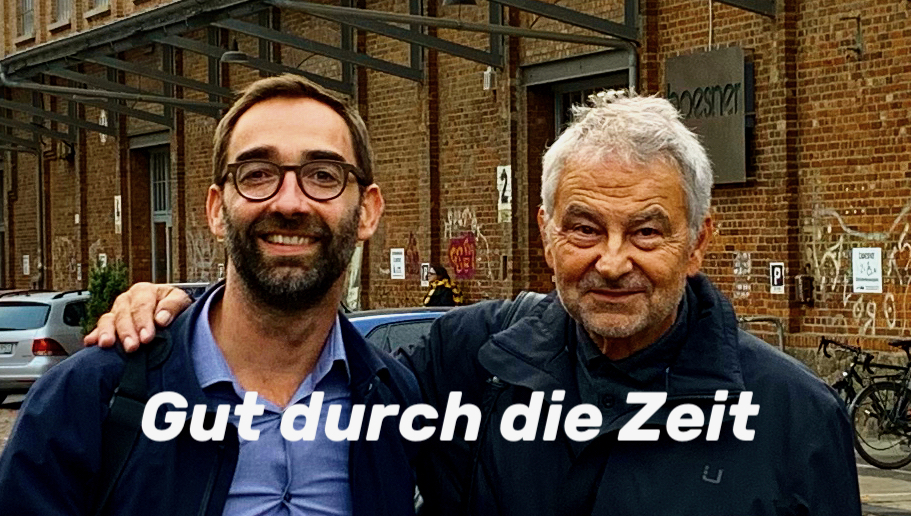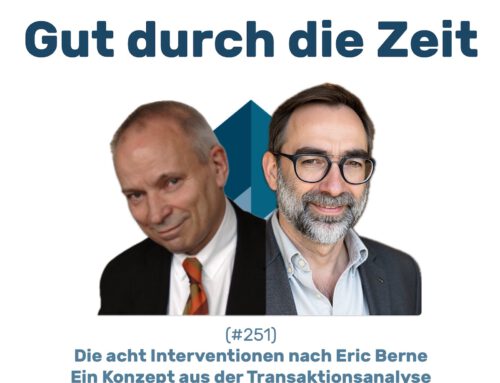INKOVEMA Podcast „Well through time“
#24 – Triangular contracts in mediation and coaching in organisations. Problematic trust constellations of the contracting parties in mediation and coaching in organisations.
In conversation with Rolf Balling
Well through time. The podcast about mediation, conflict coaching and organisational consulting.
Rolf Balling, organisational consultant and transactional analyst, explains the transactional analysis model of triangular contracts, which can be traced back to Fanita English and Nelly Micholt. Using the triangular contracts, problematic proximity-distance relationships that are challenging for external counselling can be identified simply and comprehensibly. This also applies to coaching and mediation work. What is important when an isosceles contract triangle has become an acute triangle are.
Contents:
-
If a consultant (mediator, coach, trainer, etc.) works in and with organisations, the organisational representative as the client is often not the person who will directly experience the measure. The person commissioning the measure is often not present in mediations, coaching sessions, training courses, etc. As the person providing the funding, the whole point of the assignment is not to take care of it personally. This is legitimate and not unusual. Nevertheless, this makes it particularly important to explicitly address the contractual constellations and to give mutual fantasies about each other as little room as possible to unfold.
The possible fantasies of the individual contracting parties should be given little room to unfold.
-
Everyone should know the essentials about each other, what among the others agreed was. Coachees as well as mediators should be recognised by the client/supervisor/HR person as in the presence of the mediator, what the expectations are if this mediation is granted and paid for.
But there are also problematic situations in the triangle.
The three pointed triangles outlined above symbolise three different but equally problematic situations in mediation, coaching, training and workshops in organisations:
- If the counsellor/mediator is too close to the participants in relation to the client, the situation can easily become subversive. The participants form an alliance with the counsellor against those in power. At some point, they become suspicious and fire the counsellor. Instead of change, the end result is more rigidity.
- Here, the counsellor is seen as a representative of power who is supposed to whip the participants into shape. It will be difficult to work with the participants in a trusting manner, as they tend towards defiance and secret sabotage. But the client will also be dissatisfied with the results in the long term.
- This is where the problem arises for the consultant to become important in the system in his role at all. Otherwise, it is all too easy for the action to become disappointing and a pretext for claiming that the external consultants cannot really improve anything in the company.
The distorted triangles are inner images, The counsellor's inner images capture and also shape the relationship constellations and dynamics, which can, however, be different for the respective contracting parties. An important task of any counsellor, whether as a coach, mediator, trainer or consultant, is usually to bring these inner images into the (meta-)communication of the parties involved.
literature discussed:
- English, F. (ZTA 1985): The Three-Cornered Contract, in: Journal for Transactional Analysis in Theory and Practice, 1985, pp. 106 - 108.
- Micholt, Nelly (1992): Psychological Distance and Group Intervention, in: Transactional Analysis Journal 22:4, 1992, 228-233.







Leave A Comment